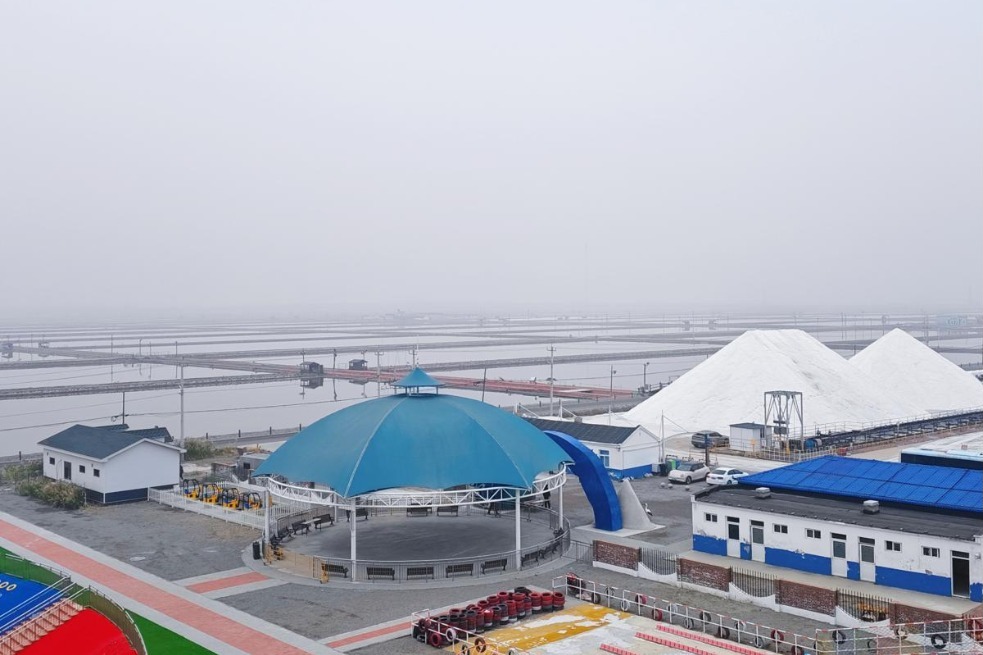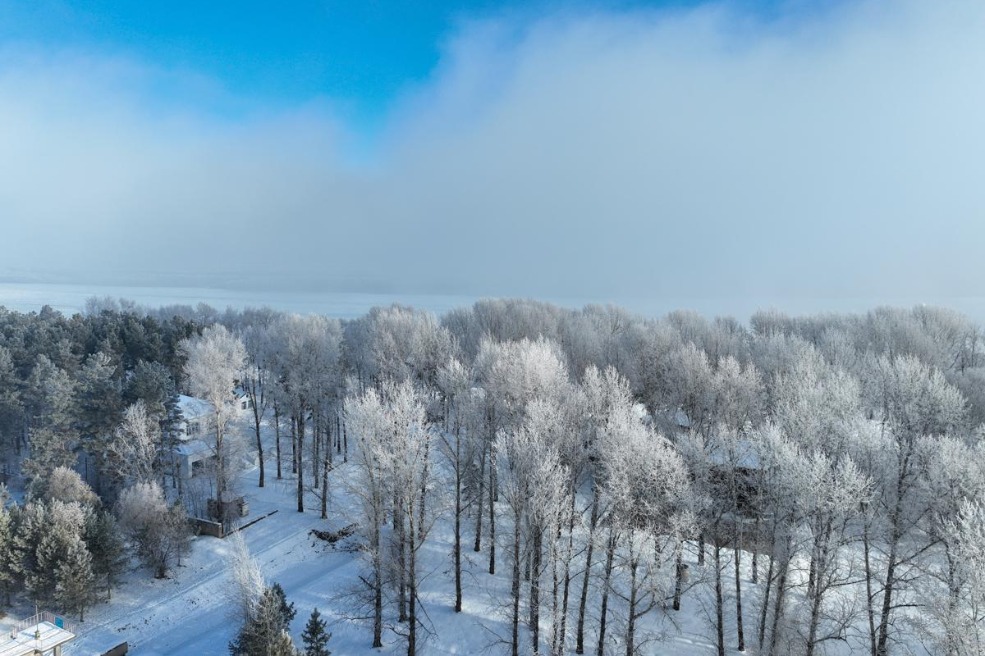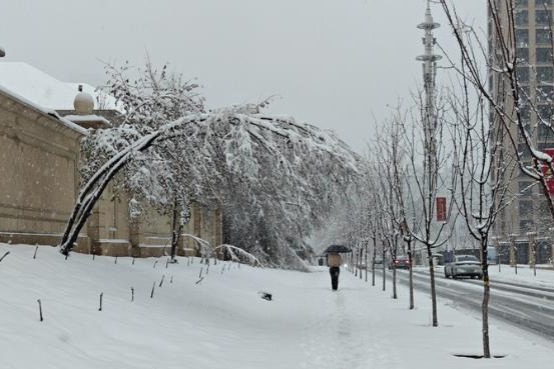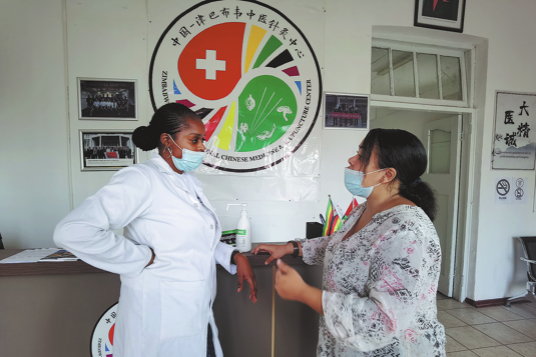Herder's tale of peak conquest gains a foothold

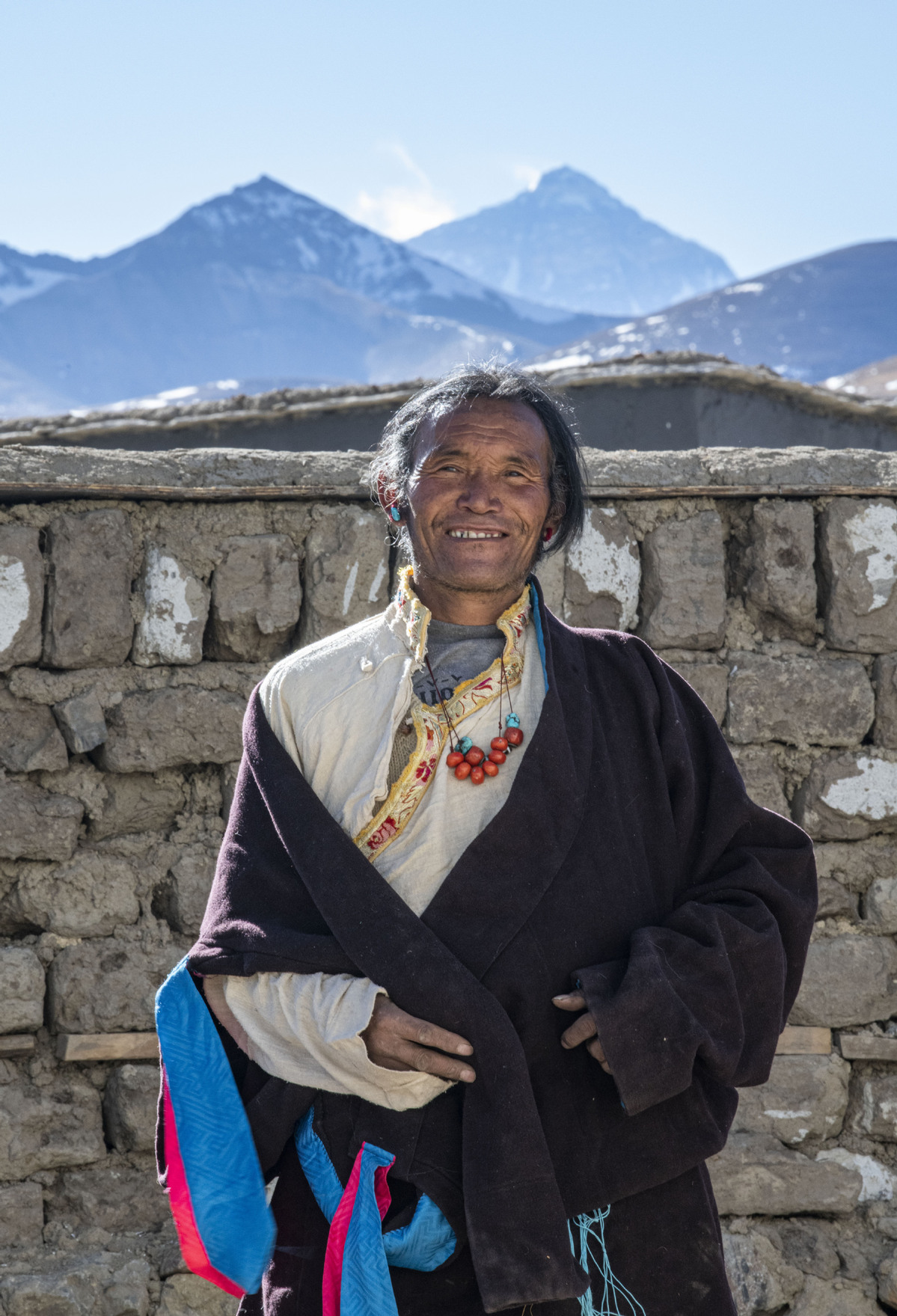
LHASA-57-year-old Tibetan herdsman Gesang owns a house with one of the best views in the world. On sunny days, the top of Qomolangma, the world's highest peak, is framed by the doorway of his home like a picture.
"Qomolangma? That's it," Gesang said pointing at the peak as he addressed a group of reporters.
"I've been up there," he added, his simple statement giving weight to one of the lesser-known mysteries of the mountain.
Gesang, who like many Tibetans goes by one name, lives in Zangpu village, Zhaxizong, in the Tibet autonomous region. It is one of the closest villages in China to Qomolangma, known as Mount Everest in the West, and sits at an altitude of 5,000 meters.
A story had circulated for years that an untrained nomad conquered Qomolangma's peak.
"I've heard of this man but never seen him myself. Is there such a man?" said Solang, an official of the Mountaineering Association of the Tibet autonomous region.
According to Solang, many qualifications are required to climb Qomolangma from the north slope in China. Applicants must be led by a professional guide and have climbed at least one mountain more than 8 kilometers above sea level.
Gesang has no such qualifications, but he does have a certificate that states he reached the summit of Qomolangma in 2001.
At the time, expeditions were highly commercialized and the guide jobs on the north slope were controlled by foreign companies. Gesang said he reached the summit with a team of foreigners led by New Zealander Russell Brice, who organized commercial expeditions to Qomolangma between 1996 and 2007.
In 1997, Gesang joined Russell's company, transporting supplies with his own yaks, and in 2001 the company chose him as the porter to move supplies near the summit.
Normally, it takes two days to transport goods from the base camp at 5,200 meters to the advance camp at 6,500 meters. But Gesang said he did it in five to six hours. He said he quickly learned from the Tibetan guides how to walk in crampons on the icy paths.
Gesang admitted that he did have fears about the climb. "I could barely stand in a gale after reaching 7,000 meters."
When they passed 8,600 meters, he said his legs became weak. "I grasped the rope and was afraid to look down," Gesang said adding he thought of his wife and children and wondered why he had come.
However, he reached the summit just after dawn and looked down at the clouds stretching into the distance.
Gesang said it was a joyful moment, more so because he could finally go home.
Some villagers heard he had conquered the peak, but he never became famous for the feat.
Gesang spent 10 years working with Russell's team. In 2008 the New Zealander moved his operations to the south slope on the Nepalese side.
Gesang returned to being a herdsman in 2018 and was elected to the village committee.
It was not until this year, when workers were building a 5G network in conjunction with Qomolangma's elevation measurements, that Gesang returned to the mountain.
"My health is failing. I don't go to the mountains much now," he said.
When asked whether he regretted not becoming well-known for reaching Qomolangma's peak, he said he was just a curious person. "I wanted to see what's up there, and I've seen it now," he said.
- Xi attends carrier's commissioning
- Senior Xi'an official facing probe by China's anti-corruption watchdogs
- Philippines risks creating trouble for itself: China's defense ministry
- Newborn with congenital heart disease receives life-saving surgery in Yunnan
- Hong Kong charity signs diplomatic talent deal with Beijing university
- Aircraft carrier Fujian, commissioned

















